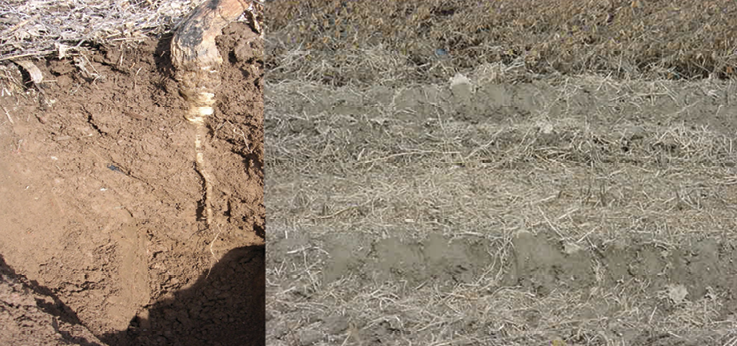No-Till Farmer
Get full access NOW to the most comprehensive, powerful and easy-to-use online resource for no-tillage practices. Just one good idea will pay for your subscription hundreds of times over.

It’s not likely you’ll find Martinsville, Ohio, no-tiller Ed Winkle running on automatic. When harvest is over, the work is just beginning as he explores how to make the soils on his farm work better.
In his job as a crop advisor, Winkle challenges fellow no-tillers to do the same.
“I’ve taken all my maps, all my legal pads, all my little pocket seed books and tried to figure out what did I do right, and what did I do wrong,” he told attendees at last winter’s National No-Tillage Conference in Cincinnati, Ohio. “I still have a bunch of tile to fix, and a bunch of tile to put in. I’ve got to get that combine fixed so I can spread residue past the header.
“There are two or three things I know I can do.”
Winkle shared several tips at the conference about building crop fertility that no-tillers should take notice of.
Winkle says high-yielding soybeans are getting a lot of discussion among no-tillers, and that his own efforts to boost soybean production on his farm have paid off.
His basic program is 100 pounds per acre each of ammonium sulfate, MAP, potash and high-calcium pellet lime. The pellet lime has boosted calcium levels from “medium” to “high” with the Miami Russell soils that are typical on his southern Ohio farms.
He says the fertilizer mix stimulates the microbes in his soil, gives him an acceptable pH balance in his fields, and keeps the earthworms happy.
…